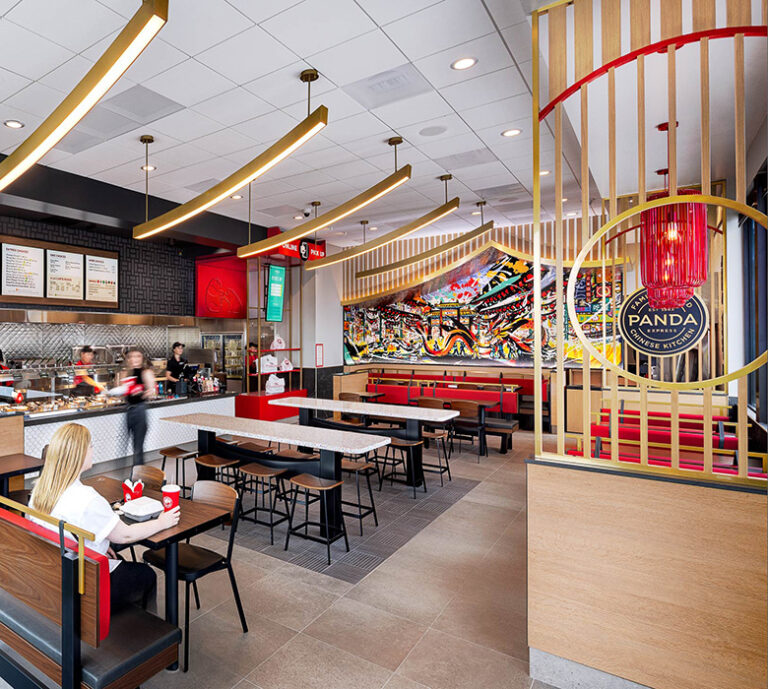Bill Chidley, Partner and Insights & Strategy Lead, and Adam Davis, Senior Client Services Manager at ChangeUp, help dealerships discover new roads to the ultimate buyer experience and adapt to the changes in consumer e-commerce behavior.
The auto industry has been devastated over the last few months, with April sales down 50% from 2019 and May only marginally better – down 33%. But news from China, whose auto sales have rebounded, is reason to believe there will soon be light at the end of the tunnel.
The COVID-19 crisis is changing behaviors and resetting priorities among consumers. It is important to recognize that much of this changing behavior is not new, but an acceleration of shifting trends toward buying online that have been gathering steam for over a decade.
Change in the Customer Journey
The migration to a digital consumer experience for automotive retail has not been lagging major retail; it has just looked different. The intensive researching and comparing vehicles and searching dealer inventory online have already taken hold, meaning that pre-COVID trends had shown online shopping become a more important part of the customer journey. The paperwork and purchase are just the last pieces to fall into place.
But as consumers shop more online and engage digitally with brands and dealers, they create significant opportunities: troves of valuable data generated from these online excursions and more openness and trust from consumers to interact and conduct business digitally. Dealers and brands who recognize and take advantage of this will be better prepared to come out of this crisis in a position to win.
3 Strategies That Will Pave the Way
1. Data Is Your Best Friend
As consumers spend more time online and on their digital devices, we have access to so much information that we often do not know what to do with it. In 2020, there will be 40 trillion GB of data, and perhaps just 1% will be analyzed. The potential of integrating operational, financial, and customer data to unlock currently unseen opportunities is unlimited and mostly untapped.
For example, the entire industry intuitively grasps the importance of inventory as a key driver of sales. Our modeling supports its impact on achieving performance targets. But such a general conclusion is often based on individual biases and dead reckoning. In other words, ask the right questions:
- What kind of inventory should dealers have on hand?
- How can we align production schedules and plans with forecasted demand?
- How can manufacturers partner with dealers to create win-win scenarios optimizing production, dealer investment, and customer delight?
Too often, businesses are scared off by data; today is the chance to grasp the power of data and analytics tools to see around corners.
2. The Internet Is Not Just for Advertising
Most dealers and manufacturers are well-schooled on internet marketing, with programmatic ads and paid search being mainstays of “loading the sales funnel.” But this is only the tip of the iceberg. Coming out of the pandemic, dealers will need to fully use the potential of the digital platform to deliver a personalized customer experience from initial contact to the closing, both outside and inside the dealership.
For example, utilize technology to enhance the entire experience – such as appointment creation, video walk-arounds, in-vehicle VR, and live video integration in the sales process and service experience. These capabilities signal to buyers that their interest is taken seriously, and their time is valued, no matter where they are in their purchase decision process. Personalize the experience by employing automated digital marketing technology to speak to potential customers in the market with the right message, at the right time, and on the right platform.
But personalization does not necessarily mean an exclusively digital end-to-end retail solution. Our research has shown that knowledgeable sales consultants, who can help buyers make the best choice for their needs are crucial in the process. They will need to be available digitally AND in-store to deliver the efficient and seamless experience that customers demand.
3. Meet Customers Where They Are
Fixed operations are vital to a dealer’s health and profitability. Yet, we know that most customers are opting for third party mechanics, resulting in substantial lost revenue. Clearly, an area that is ripe for innovation. Dealers now have a chance to create a service experience that actually delights customers, improves loyalty, and increases customer lifetime values.
Vehicle owners are looking for a dealership that respects their time, so dealers should invest in new technology and training for service techs to provide the kind of trust, transparency, and convenience customers demand:
- Embrace remote service calls
- Pick up and drop off customers who do not have the time to come to the dealership
- Develop apps that allow customers to schedule service appointments and chat with service representatives more easily
Continue to search for ways that demonstrate a deeper connection with customers vs. treating them like just another sale. The positive ROI on customer experience is proven, and dealers who employ new enhancements to the service experience will see increased efficiency, revenue, and loyalty.
The COVID-19 crisis has created an unprecedented amount of behavior change in a short period of time, much of which was already heading towards us. It has also unleashed a competitive opportunity for progressive dealers to do more than recover but jump ahead of the curve and emerge stronger as the automotive market returns.



